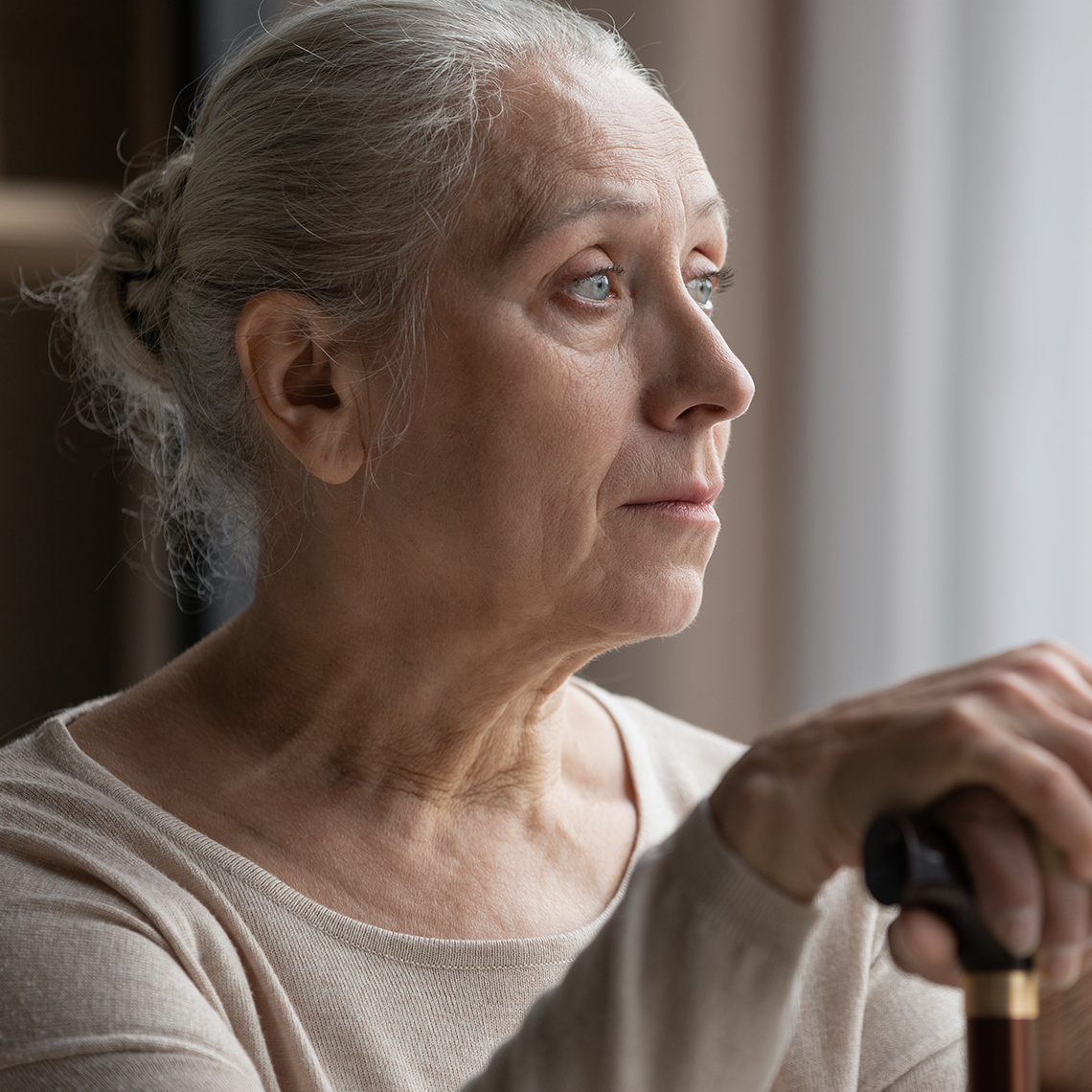Case Study
Defending Appropriate Care in Light of Tragic Outcome
Description
A 21-year-old woman alleged her newborn’s brain damage was a result of improper management of her labor.
Key Lessons
- Being cognizant of how baffling the care processes can be to even the most sophisticated patients is necessary to improve compliance and to avoid misunderstandings.
- Identifying and recruiting credible experts is instrumental to malpractice claims defense.
- A malpractice plaintiff may attempt to imply causation despite proof that the (alleged) negligence caused the injury.
- Clinicians called on to testify in a malpractice trial who demonstrate an assured demeanor and who provide reflective, non-combative answers to difficult questions are highly credible.
Clinical Sequence
At the end of an unremarkable pregnancy, a 21-year-old G1P0 came to the hospital early in the morning two days before her due date. She was leaking fluid and thought her membranes had ruptured. Electronic fetal monitor readings were reassuring. The patient was told that, although she was leaking amniotic fluid, her membranes were still intact, and she was discharged. Later that same day she returned to the hospital still leaking fluid. An ultrasound showed borderline low amniotic fluid and she was, again, sent home. The next day, when her membranes did rupture, she called her obstetrician, who told her to go directly to the hospital.
The patient was admitted to labor and delivery, received Pitocin and made adequate progress over the next several hours. She developed a fever and was given antibiotics. Two scalp pH tests, performed in response to late decelerations, were normal. Her baby daughter was delivered vaginally, with Apgars of 2, 5, and 6. Continuous seizures began hours after birth, and a brain CT was consistent with diffuse hypoxic ischemic change and cerebral edema.
Claim Sequence
The patient sued her obstetrician, alleging improper management of her labor, i.e., he should have performed a cesarean section. Experts for the defense opined that the management of labor and delivery was well with in the standard of care (and that the child’s difficulties were related to an in utero Group B Strep infection).
Disposition
After a two-week trial, the jury returned a verdict in favor of the defendant obstetrician.
Analysis
Clinical Perspective
-
This case had some of the fact patterns seen in others that have resulted in large jury awards for the plaintiff: an otherwise uneventful pregnancy ends tragically and the decisions around management of labor are open to debate. The first defense expert who reviewed this case could not support the care this patient received.
Malpractice cases involving neurologically-damaged infants are among the most difficult to win in court. The decision to settle or proceed to trial is itself a risk for the defense team, especially in light of a negative review. But the determination of a malpractice case is built on a conflation of several expert opinions. Just as the plaintiff is unlikely to drop a case after getting one review supporting the care provided, the defense often needs to elicit several opinions. Identifying and recruiting credible experts is instrumental to malpractice claims management. -
A first-time mother with worrisome symptoms (vaginal leaking), who was twice sent home before being admitted, subsequently concluded that those decisions were responsible for her daughter’s severe, lifelong problems. The lawsuit she filed, although it ended with a defense verdict, cost more than $140,000 to defend.
Clinicians make dozens of “routine” decisions every day that are anything but routine to the patients involved. Being cognizant of how baffling the care processes can be to even the most sophisticated patients is necessary to improve compliance and to avoid misunderstandings that can turn good care into a bad physician-patient relationship—or allegations of malpractice. Providers who communicate well, confirm their patients’ understanding of care decisions, and appropriately document those exchanges may avoid (some) such allegations and are more likely to prevail if they are sued for malpractice. -
The plaintiff alleged that her daughter’s condition was linked to the management of her labor and delivery. The defense argued that the fetus contracted Group B strep in utero…and that that caused her injuries. In addition to obstetrical experts, the defense team consulted with maternal-fetal specialist and experts in infectious diseases. The strategy was to argue that, even if the jury thought the Labor and Delivery team acted negligently in not performing a cesarean section, the baby’s injuries were unrelated to that “negligence.”
The plaintiff in a malpractice case must convince the jury that 1) the defendant(s) acted negligently, 2) a compensable injury occurred, and 3) the compensable injury was caused by the act of negligence (i.e., not by other factors). A plaintiff may attempt to imply causation when it is not clear (often impugning a single misstep as generalizable to all of the defendants acts and decisions). The defense, on the other hand, may find itself trying to avoid conceding negligence while at the same time demonstrating that—even if negligence occurred—the injuries were unrelated and unavoidable. -
The jury in this case heard the experts for both sides outline opposite scenarios of how this baby girl came to be born with severe neurological deficits. Then they heard from the defendant.
Often, the opinions put forth by the plaintiff and defense experts cancel each other out, and then the most compelling part of the trial is the defendant’s testimony. Members of the jury are able to assess, first hand, the defendant’s competence and his or her concern for the patient’s welfare. A provider who demonstrates an assured demeanor and who provides reflective, non-combative answers to difficult questions is highly credible. When that impression is reinforced by a well-documented medical record, good care and decision processes are (generally) successfully defended. -
The defendant in this case was confident about the care he rendered, but the thought of testifying from the witness stand in a courtroom undermined some his confidence.
Physicians (and nurses) who must testify in court face the challenge of “acting naturally.” A natural teacher who can convey sincerity and empathy will win over an open-minded jury. Coaching and preparation can help defendants avoid some common pitfalls (e.g., appearing to not listen to the questioner, not looking at the jury when responding), but the underlying sentiment must be genuine. Body language matters, too: a defendant who appears distracted or disinterested will have a harder time making his (or her) case.
See More MPL Cases
Communication Issue Leads to Retained Foreign Body


Overriding Drug Alerts Results in Patient Death

Fatal Injuries after Inadequate Wound Treatment and Documentation

